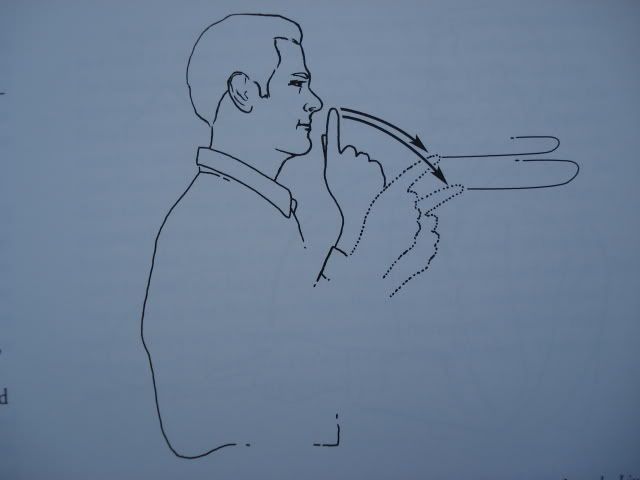

Originally Posted by
Bad Luck Larry

I've read a number of times that you really can't cast on the same plane of forward/back strokes, 'cause you'll hit the rod and/or mess up your cast. .....
In short, backward and forward strokes can't occupy the same casting plane. (Make sure your head is not in the area either! Take it from me!HA!)
Practice and find something that works properly for you.
Larry,
I respectfully disagree.
A plane is defined as a flat two dimensional surface. You will notice that the definition does not include or define a tilt or radial orientation of that plane within a three dimensional space.
Therefore a plane can be in any orientation. It can even be parallel to the ground with the cast being sidearm. If you are standing on a high bank, or an elevated casting boat platform, the rod could be tilted way down with the plane on the tilt of that cast.
Secondly, one of the key points to an efficient cast is to have the rod tip move in a SLP or a Straight Line Path. A Straight Line by itself does not define the plane it lies on. A straight line in a three dimensional space can lie within an infinite number of planes that rotate round the axis of that line.
Go to the Wikipedia reference above on a "plane" and you will see an illustration of two planes in a three dimensional space. So an intersection of two planes forms a straight line. An infinite number of planes can be placed through that line because a plane by definition does not have any thickness or else it would be a three dimensional object.
http://en.wikipedia.org/wiki/File:In...ing_planes.svg
So the rules of spacial geometry disprove your post if the SLP theory of casting is correct.
I think what you mean is an overhead vertical plane because then gravity come into play. I think you meant, "I've read a number of times that you really can't cast on the same VERTICAL plane of forward/back strokes, 'cause you'll hit the rod and/or mess up your cast."
But that is also wrong. The key is loop control. From Jason Borger's book on The Nature of Casting, loop formation is controlled by tipping the rod tip below the SLP of the fly line with a wrist flick at the stop. The degree of this flick (called the micro wrist) by Doug Swisher.
At the stop, the inertia of the cast and the unbending of the rod causes some overshoot so that the rod tip flexes down out of the way of the following line. The degree of that flex depends on the energy (velocity) in the cast. The higher the velocity, the greater the forward and downward flex of the rod at the stop. If the rod tip rebounds back before all the line has passed, the line can hit the rod.
What the micro wrist flick does to to drop the rod even further so the line cannot hit the rod even as the tip comes back up. See the following illustration from Jason's book.

I wrote a rely to a question about tailing loops on another fly fishing BB that further explains the vertical plane casting stroke as the foundation for other casts.
http://www.theflyfishingforum.com/fo...e-crazy-3.html
Regards,
Silver
"Discovery consists of seeing what everybody has seen and thinking what nobody has thought"..........Szent-Gyorgy






 Reply With Quote
Reply With Quote